Well, Summer has passed us by the the Southern Hemisphere and if you are like me you are wondering where it went and what happened to the beautiful balmy evenings, and dry days with skies bluer that one can imagine - skies one can look into seemingly forever and ever so rich is it's blueness. Unfortunately where I live, for the first time in my life summer was nothing but uncomfortable humidity, storms and rain rain rain ! Not 'real' summer at all. Unlike roses and some trees who have toughened up after 10 years of drought and then struggled to perform in this years tropical weather, the humble Crepe Myrtle bush has come through the environmental upheaval with a bountiful display of flowers and mesmerising colour this February.
A darling little bush or tree, Crepe Myrtles offer something delightful for every stage of the year. When leafless in winter Crepe Myrtles are quite captivating through the allure of it's trunk structure and attractive bark. This is especially seen when mass planted or in a close compact row. In Springtime as it leaf's up, Crepe Myrtles are a lovely addition to any shrub border. By late summer Crepe Myrtles are profusely blossoming in all manner of shades from red through to pinks and purples. And finally in Autumn, the Crepe Myrtle bush puts on a dramatic leaf colour display in an equally as vast range of Fall tones.
From Wikipedia:
While various species and cultivars are able to fill a wide variety of landscape needs, crape myrtles are chiefly famous for their colorful and long-lasting flowers. Most species of Lagerstroemia (Crepe Myrtle) have sinewy, fluted stems and branches with a mottled appearance that arises from having bark that sheds throughout the year. The leaves are opposite, simple, with entire margins, and vary from 5-20 cm (2-8 in). While all species are woody in nature, they can range in height from over 100 feet to under one foot; most, however are small to medium multiple-trunked trees and shrubs. The leaves of temperate species provide autumn color.
(sorry about the istockphoto, but I just loved this image so much I had to include it watermark and all)
Flowers are born in summer and autumn in panicles of crinkled flowers with a crepe-like texture. Colors vary from deep purple to red to white, with almost every shade in between. Although no blue-flowered varieties exist, it is toward the blue end of the spectrum that the flowers trend, with no sight of orange or yellow except in stamens and pistils. The fruit is a capsule, green and succulent at first, then ripening to dark brown or black dryness. It splits along six or seven lines, producing teeth much like those of the calyx, and releases numerous small winged seeds.
In their respective climates, both sub-tropical and tropical species are common in domestic and commercial landscapes. The timber of some species has been used to manufacture bridges, furniture and railway sleepers.








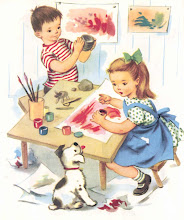
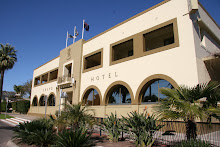
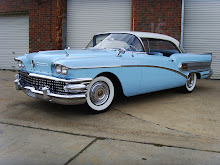





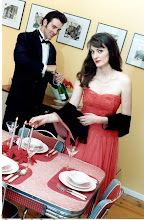












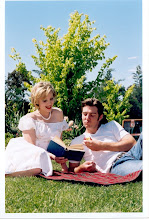
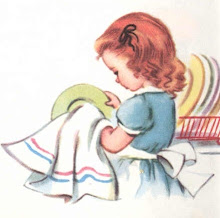































Beautiful pics! The Crepe Myrtle is lovely :)
ReplyDeleteps I am trying to email you – and I can't find the address... I am having a total tech fail! :) x
ReplyDeleteI feel bad for you that summer is passing you by! I'm in New York and I'm dying to get to some warm weather myself. We have had an awful lot of snow but I have heard much about the rough weather you have had in Australia.
ReplyDeleteI have a most beautiful Crepe Myrtle which was on the property when I bought it. Gosh it's amazing and I get tons of compliments on it each year. It's grown more like a tree instead of a bush. It has a pale pink flower that is just divine and abundant. It's one of my favorite plantings on my property!
Oh Vintage Girl - I would love to see some photographs of your Crepe Myrtle. One of my favourite landscaping ideas is a crepe myrtle arbour, blossomy in summer and hauntingly beautiful in winter. Kisses XX
ReplyDelete